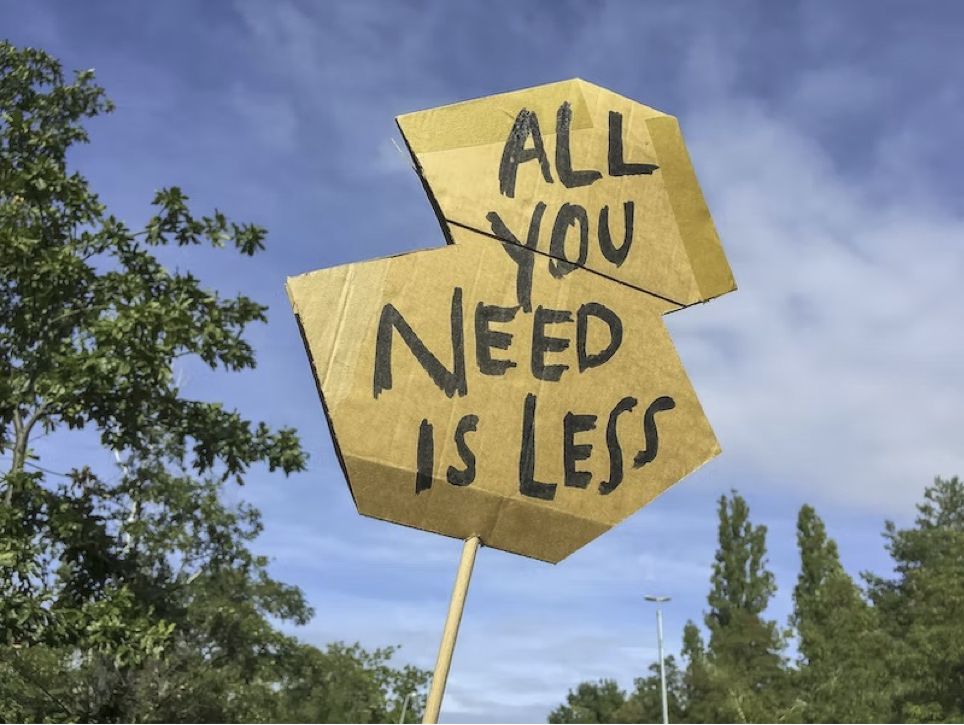Sometimes someone says something out loud and your heart and head grab it and say “that’s it.” I felt that when a line was recently shared with me from a local school superintendent. “We need to learn to do less better,” he is quoted as saying.
How I wish I had said that, for I have felt it for some time.
Across higher education we suffer from offering too much. Too many programs, too many courses, too many sections, too many satellite locations, too many centers, too many different tools to do the same job. This results, I believe, from a longstanding focus internally on what we want to offer, while largely ignoring what students and employers are asking us to do.
Because of the “too much,” all of us find ourselves stretched thin, with our impact diluted toward the very thing we say we are most interested in—the success of students. What if we did fewer things, but the right things toward that end? How might that allow us to reallocate the resources we already have? And what would we need to know so that we understood what those “right things” were?
This is where using a return-on-investment lens comes in. That lens is about more than just cost (though understanding cost is an important component). Rather, ROI asks “What do we get for the people, time and money we use?” If we truly understood the ROI to our students, employers, institutions and state/systems, it’s inevitable that we would reduce programs and services to better match external demand.
So do less. And do it better.



